|
Today's awesome animal is not one that makes an appearance in my novels. But, dang it, giant clams should be in one of my stories! Remember the old Tarzan movies (and other adventure tales) where the hero would swim to the ocean floor, only to have a giant clam clamp down on his leg? He would struggle to get loose, barely making it free before drowning. So, giant clams have gotten a bad rap (at least in the old movies). But I don't think they deserve that. When Trish and I snorkeled the Great Barrier Reef on our recent Australia trip, we saw a mind-boggling array of colorful fish and invertebrates. But even with all those amazing creatures there, my favorite was the giant clams. So what the heck is a Giant Clam? Giant clams actually include about ten species of bivalve mollusks that live in warm, shallow waters of the Indian and South Pacific Oceans. They are the largest of all the bivalve mollusks (mollusks that have two shells, like clams, oysters, mussels, scallops, and others). Below is a giant clam I saw while snorkeling off the coast of Queensland, Australia. It was between two and three feet (.6 to .9 m) from end to end. Amazing facts about the Giant Clam Giant clams are, well, giant. They can grow to more than four feet (1.2 m) and weigh over 500 pounds (227 kg). Most of this weight, however, is the shell. The soft, living portion is only about 10% of the creature's weight. Although the body is only 10% of the weight, these soft tissues are almost entirely good, healthy protein, which is why giant clams have been hunted for centuries (maybe much longer). Due to hunting, giant clams are now at risk of becoming extinct. Fortunately, these clams can live to over 100 years old. Giant clams do not eat people. Legends in the South Pacific describe giant clams waiting patiently for unsuspecting swimmers to come along so they can grab them and eat them whole. This is simply not true. There has never been a substantiated case of a human being killed by one of these gentle giants. In fact, the muscles that pull the shells closed move far too slowly to catch a swimmer by surprise. Giant clams are colorful. The portion of the live tissue you can see is called the mantle (I think of it as the clam's lips). The mantle is a different color for ever individual clam, and they can be brilliant greens, oranges, blues, or about any other color. This color is caused by iridocytes, which are cells that reflect light. Oddly, if you see a giant clam that looks green, if you swim to the other side and look at it from a different angle the color can change its hue. These brilliant giant clam iridocytes are being closely studied by scientists who hope to develop improved cell phone screens. Most TV and cell phone screens today use their own source of backlighting. But reflected light is much easier on the eyes. Giant clam iridocytes are so good at reflecting different colors of light that these cells may hold clues to creating screens that reflect ambient light (instead of being backlit). Check out this video of the colors of giant clams. How do giant clams get so huge? Oddly, they obtain their food in several ways. Most of their food comes from the symbiotic algae that live in their cells (these algae are the source of the iridocytes' colors). So, the clams can use sunlight for photosynthesis (in which light is used to convert carbon dioxide into food/energy). Giant clams also feed on plankton by filtering it from the water. The nutrients from the plankton help feed the algae in the clam's cells. Complicated, huh? One species of giant clam has perfected the ship-in-a-bottle trick. These clams, when relatively small, burrow into the stone-like surface of a coral reef. They end up with only their mantle (the "lips") showing. As they grow, they get too big to fit through the hole in the rock (although high acidity in a layer of tissue around their shells eats away at the surrounding rock so that their cavity grows as their shell grows). So for multiple decades of their life, they are trapped in the rock-hard reef. Below is a photo of one of these clams I found while snorkeling. All you can see is its lips. So, the giant clam deserves a place in the K.A.H.O.F. (Kryptonian Animal Hall of Fame). FUN FACT: Okay, maybe this one's a bit of a stretch, but I like it. The word Kryptonian actually refers to the advanced race of aliens from the planet Krypton (you know... from Superman). Gradually it evolved into an adjective that describes anything associated with the planet or the race. And then (this is the part that might be based on my own wishful thinking), it evolved into an adjective to describe anything spectacular (the Kryptonians, including Superman, were spectacular, right?). So, in my opinion, kryptonian is another way to say awesome! Photo Credits:
Giant Clam #1 - Stan C. Smith Giant Clam and Snorkler - AvatarLogs.com Giant Clam Different Colors - LiveAquaria Giant Clam buried in Coral Rock - Stan C. Smith
0 Comments
Today's awesome animal is not one that makes an appearance in my novels, but it is one I've been thinking I should feature, especially since Trish and I saw so many of them on our Australia trip. Sometimes people can't resist describing certain animals as having personality. Well, the kookaburra is one of those that would definitely fall into the personality category. So what the heck is a Kookaburra? Kookaburras are birds in the kingfisher family. They are the largest of the kingfishers, growing up to 17 inches (42 cm) long. There are four species of kookaburras, the most well-known of which is the laughing kookaburra. The kookaburra, like the wombat and the kangaroo, is an iconic animal of Australia, and it is worth knowing more about. Here is a laughing kookaburra Trish and I saw while on a walk: Amazing facts about the Kookaburra Perhaps the most striking characteristic of kingfishers is their vocalizations, and the kookaburra is king (and queen) of the kingfishers in this respect. The laughing kookaburra (which is the species we saw in northeast Queensland) is famous for its astoundingly-loud "laughing" call. On our trip to Australia, even if we had wanted to sleep past daybreak, the kookaburras would not have allowed it. At first light, they seem to get the overwhelming urge to let everything within a half mile know that they still haven't lost their sense of humor. Because of their regularity, they are sometimes called the bushman's clock. Check out this video of a kookaburra laughing. And this one! Of course, they aren't really laughing when they do this. Instead, they are letting other birds know the boundaries of their territory. Kingfishers, in general, are territorial. The kookaburra is a predator with an impressive, boat-shaped beak, up to four inches (10 cm) long. Although most of the other species of kingfishers live near water and prey on fish, kookaburras often live far from water, and they typically kill and eat insects, lizards, frogs, snakes (even venomous snakes), rodents, and smaller birds. Here's one with a frog. Kookaburras are cool birds, but some Australian farmers aren't too fond of them because kookaburras have a fondness for killing and eating baby chicks and ducklings. It's a family affair. Kookaburras are monogamous (they choose one mate and stick together for a long time). They make their nests in holes in trees, laying up to five eggs. The eggs and hatched young are cared for not only by the parents but also by some of the siblings from previous clutches of eggs. So there could be seven or more kookaburras taking care of the young. Many of these sibling helpers will stay around to help for four years. These family groups get together each dawn and dusk and let out their loud, raucous calls to mark their territory. Kookaburras hunt by sitting perfectly still on a branch and watching for prey. But sometimes a breeze will make the branch sway. No problem. Kookaburras are capable of keeping their heads perfectly still while the branch moves so that they can better spot small movements on the ground. This motionless head and swaying body make them look like a reverse bobblehead. I grew up in Kansas, in the center of the US, thousands of miles from where kookaburras live. Yet I remember in school we would learn and sing the song, Kookaburra. This is a popular nursery rhyme and round, which apparently is taught to children around the world. It was written in 1932 by Marion Sinclair, a music teacher in Melbourne. As harmless as this song seems, its history has included considerable controversy. For example, in 2009, Larrikin Music (the copyright holder of the song) sued the Australian band Men at Work, claiming that part of the song Down Under (the flute portion) was a rip-off of the Kookaburra song. After almost a year, the court ruled against Men at Work. And then, in 2010, there was a big social media controversy when a primary school directory told students to change the words, "Gay your life must be" to "Fun your life must be." Now, when you look for the lyrics, you'll find a variety of different lines ("What a life you lead," "Sing your song for me," and others). So, the Kookaburra deserves a place in the D.A.H.O.F. (Dynamite Animal Hall of Fame). FUN FACT: The word dynamite was first introduced by A.B. Nobel, who invented dynamite. At some point in the 20th century, the word became a popular expression for anything spectacular. This use of the word is no doubt best known from the TV show, Good Times (1974 to 1979). In every episode, the character J.J. (played by Jimmy Walker) would say, "Dy-no-mite!" So, dynamite is another way to say awesome! Photo Credits:
Laughing Kookaburra #1 - Stan C. Smith Kookaburras with Frog - Richard Taylor, Wikimedia Commons Young Kookaburras - Tilgate Nature Centre Kookaburra Song - West View Music Lessons Okay, for today's Awesome Animal, it seems appropriate to feature an animal that plays an important role in Bridgers 2 (which is being released on June15!). When our bridgers arrive in their new alternate version of Earth, they find themselves in the midst of a herd of large, hump-backed, drooling, lip-smacking creatures that resemble the camelops, which happens to be extinct on our own version of Earth. So what the heck is a Camelops? As you can probably tell by the name, the camelops was a type of camel. These critters were quite large, standing over seven feet tall at the shoulder and weighing 1,800 pounds (800 kg). They roamed over most of western North America, appearing about three to four million years ago and finally going extinct very recently (about 11,000 years ago). Amazing facts about Camelops (and Camels) Most people think of camels being in the deserts of Asia and Africa. But actually, camels (and their close relatives, llamas) originated in North America about 44 million years ago. By the way, horses originated in North America, too. Camels and horses gradually migrated to Asia over the Bering Strait (which, of course, is now underwater). We don't know if the camelops had a hump on its back. Why? Because everything we understand about these extinct animals comes from fossils. The hump on a camel's back is made of soft tissue (not bone), and soft tissue is rarely preserved in fossils. So, they may have had humps, like the modern camels, or they may have been humpless, like their other close relatives, llamas. The result of this is that some artists create them with long fur and humps, and others create them with short fur and no humps: The camelops was highly adapted for running and traveling great distances in open grasslands. Based upon fossilized tracks of early camels and upon bone structure, we know that they had a distinctive "pacing gait," in which the two legs on each side move at the same time (the two right legs move forward, then the two left legs). This gait is very efficient, allowing long-distance travel with less energy consumption. These camels liked to hang out with early horses and bison. Their fossils are often found together. Maybe this was because there was more safety from predators in large numbers. Or maybe simply because they liked to graze on the same plants. We don't know for sure why the camelops went extinct. It happened at about the same time that many other large North American mammals disappeared, including the mastodon, horses, llamas, and many others. This mass extinction could have been the result of climate change. But many scientists think it may have been caused by the spread of humans that hunted big game. Humans migrated to North America across the Bering Strait and then spread out to the south and east. These humans are known to have used spears with sharpened stone tips, as well as other stone tools. There is still little definitive evidence that humans caused the extinction, but it seems very likely. Another thing we're uncertain about regarding camelops anatomy is the mouth and throat. The males of today's Arabian camel (also called the dromedary) have a strangely modified soft palate that they can hang out the side of their mouth when they are ready to mate. This astoundingly grotesque structure is called a dulla, and the females find it irresistible, especially when accompanied by massive drooling and a loud grunting vocalization. Check out this video of a camel extending its dulla! Anyway, since the dulla is a soft body part, we don't really know if the male camelops had these. The word camel comes from the Arabic word, gml, which has the literal meaning, beauty. Hmm... whoever came up with the name probably wasn't looking at a camel with its dulla hanging out. Speaking of the dromedary (Arabian camel), these camels once lived in the wild in and near the Sahara Desert. But they were domesticated in the Somalia area about 4,000 years ago, and by 2,000 years ago, there were no more dromedaries living naturally in the wild. Oddly, though, in 1840, dromedaries were imported into Australia to be used as work animals in the dry areas of the outback. Over the decades, some of these camels were released into the wild, and now the population of feral camels is estimated at 300,000 to over 600,000. This is currently the only population of breeding dromedaries exhibiting wild behavior in the world. The photo below is of an Australian prospector riding a camel that held a world record for distance traveled without once drinking water. How far? Six hundred miles! So, the Camelops (and camels in general) deserves a place in the W.A.H.O.F. (Wicked Animal Hall of Fame). FUN FACT: The word wicked first meant, well... wicked (evil or morally bad). But in the last few decades younger people have started using it to mean wonderful, great, or masterful (as in, "I passed my biology exam. Wicked!"). It can also be used as an adverb to add emphasis to whatever you're describing, such as, "That's wicked cool!" So, wicked is another way to say awesome! Photo Credits:
Camelops Digital Rendering #1 - Philip Edwin Camelops with Hump (left image) - Canadian Museum of Nature Camelops without hump (right image) - Pinterest Native Americans hunting Camelops - Paleonet Camel dulla - Clay Walker via Digital Journal |
Stan's Cogitations
Everyone needs a creative outlet. That's why I write. Archives
July 2024
|

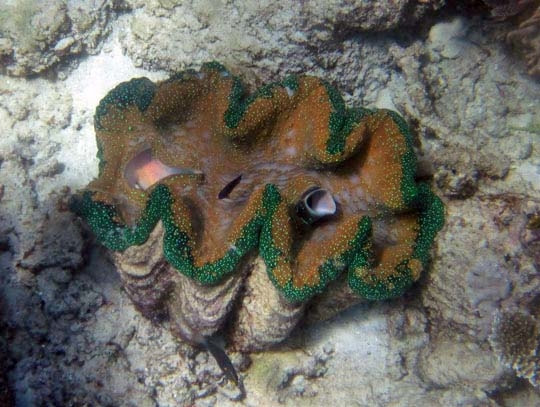
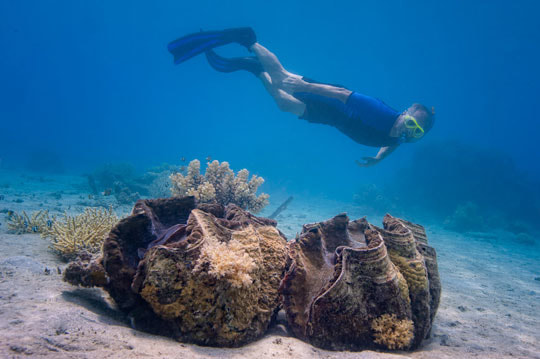
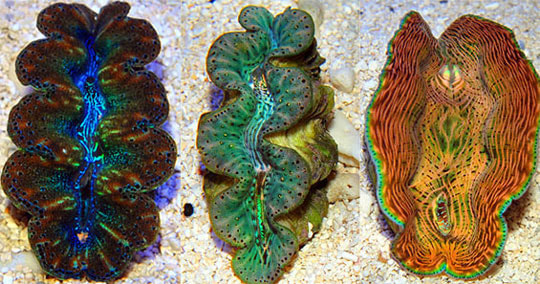

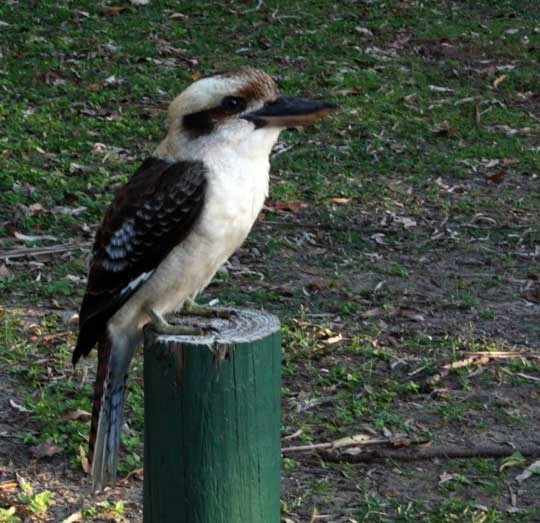
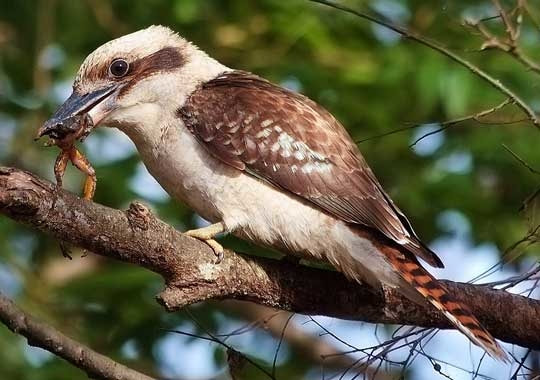
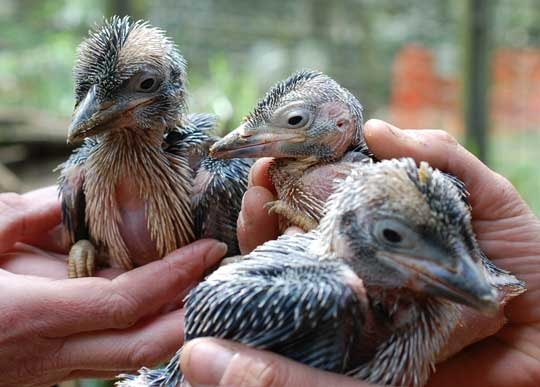
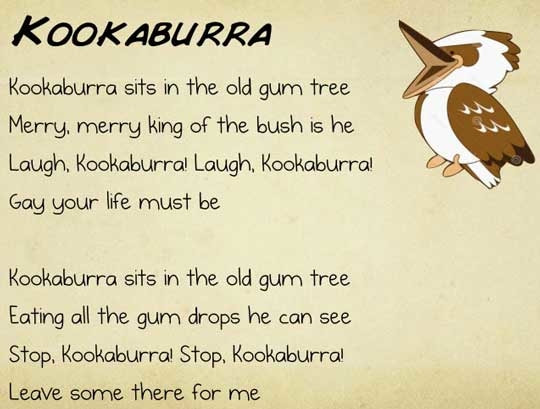
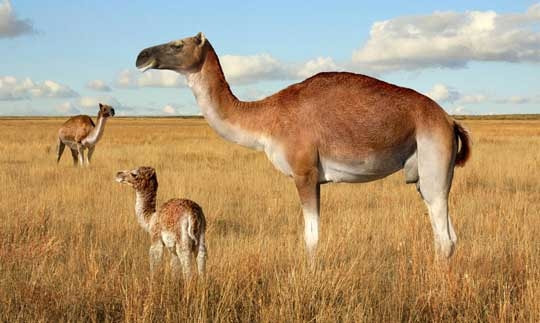
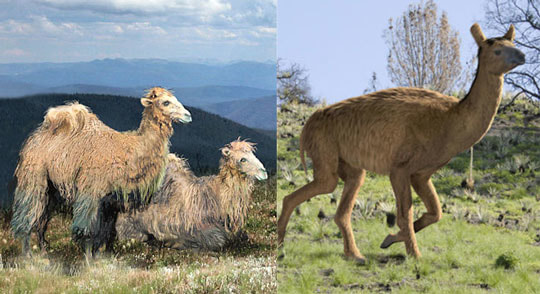

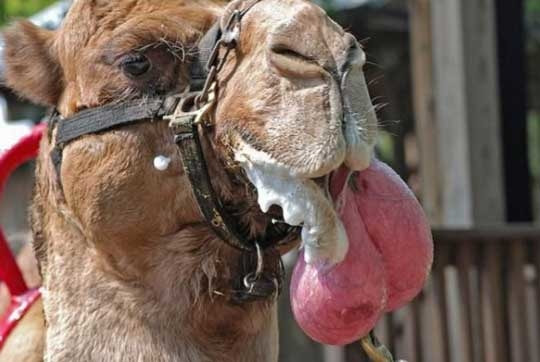
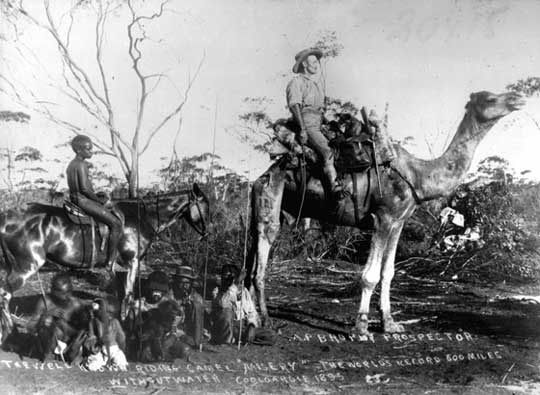
 RSS Feed
RSS Feed